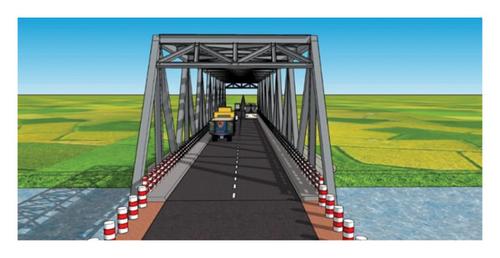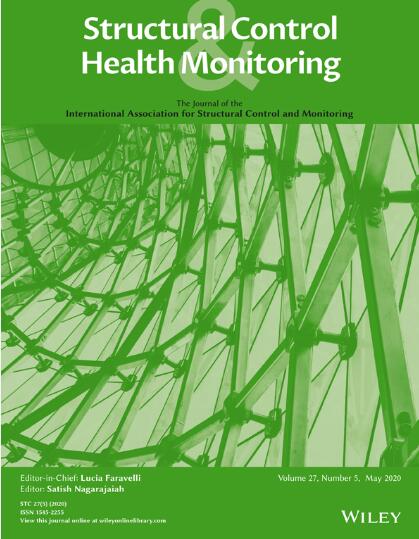Output Only Damage Detection of a Steel Truss Bridge Based on a Semisupervised BiLSTM Modeling Scheme
Abstract
The application of machine learning techniques in bridge health monitoring is gaining widespread popularity as it overcomes the problems faced by conventional methods. However, the scarcity of labeled data for damaged bridges in training the model acts as a hindrance. The present study proposes a data science–based novel approach for overcoming this hindrance using a semisupervised, output-only method for multiple-level damage identification of a steel truss bridge. The method employs sequence-to-sequence modeling of vehicle-induced vibration response only from a single sensor position. The authors have used a bidirectional long short-term memory (BiLSTM) network for damage feature extraction. A statistical distance metric tool, Kullback–Leibler divergence, has then been utilized for feature discrimination. The method’s efficiency is numerically investigated through a 3-D finite element model of a steel truss bridge based on real bridge specifications. A dynamic analysis using a moving vehicle is performed to obtain vehicle-induced accelerations. A total of 36 different damage scenarios have then been incorporated into the bridge. The effect of sensor position and performance because of variation in vehicle operation has also been investigated. The results show that the proposed approach successfully detects all the damage scenarios. The methodology’s performance has also been validated in detecting damages for the Old ADA Bridge benchmark data. The methodology successfully detected multiple damage states using a single sensor response.


 求助内容:
求助内容: 应助结果提醒方式:
应助结果提醒方式:


